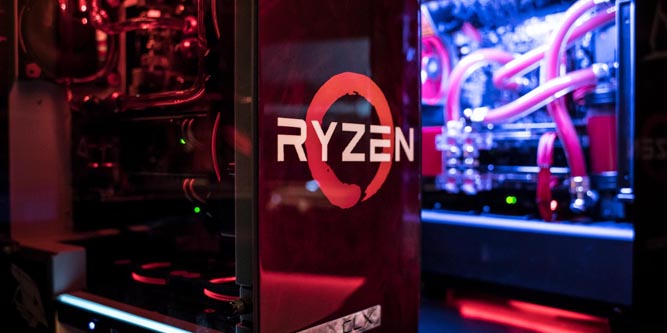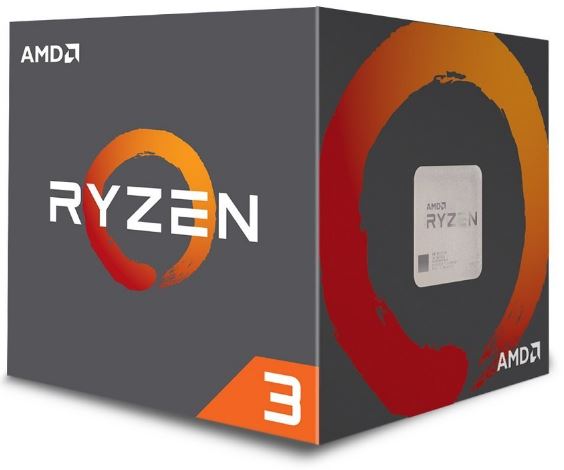AMD first started competing with Intel in the early 80s. Their 286 and 386 processors were positioned as affordable (and inferior) clones to Intel’s CPUs. When Intel laid down a lawsuit, it seemed like AMD would be a short-lived competitor in an increasingly monopolized marketplace, but AMD fought back. The K5 couldn’t quite keep up with the Pentium, but the K6 had some pretty impressive benchmarks. Before long, AMD was considered the top dog by many enthusiasts. They were the first to release a 1 Ghz CPU, and their Duron series processors proved to be impressive overclockers.
Even when the Pentium 4 hit 3.2 GHz, AMD’s Athlon XP processors performed better even at half the clock speed. When AMD released the first commercially available 64-bit processor, enthusiasts were proud of the AMD badge on their beige-box computers.
These were the glory days for AMD. Old school hardware enthusiasts might look back on these days fondly, but AMD’s once-loyal following quickly moved to the superior Core and i-series CPUs produced by Intel. For nearly a decade, enthusiasts almost universally agreed that Intel was better than AMD.
AMD’s Zen core could be the platform that changes all of that. Zen is a platform that can cover almost all segments of the market universally. From high end servers to budget priced desktops, the Zen core can be modified to suit almost any application. If it’s performance match it’s specifications, PC builders might want to think twice before picking up a shiny-new i-series processor.
Zen-core processors are sold under the Ryzen label. In this review, we’ll be taking the Ryzen 3 1200 and 1300X chips for a test drive. These chips, like the i3 processors, are targeted towards budget gaming rigs and office computers. Unlike the i3 processors, all Ryzen CPUs are cut from the same die. Just as the Phenom II x2 CPUs provided performance well beyond their price bracket, the Ryzen 3 might enable budget-limited consumers to tap into a platform that would be otherwise out of reach.
What does your money get you? To find out, we’ll be putting these processors to the test. We’ll find out the real-world performance, and help you decide if this is a good choice for your own computer.
Hardware Overview
The 1200 and 1300x Ryzen CPUs are the cheapest on the market. They are quad core CPUs and don’t support any simultaneous multi-threading. The 1200 and 1300x have a base clock speed of 3.1 and 3.5 Ghz, respectively. In low temperature situations, they’re able to enter a Turbo mode of 3.4/3.7 GHz. Both CPUs draw 65 Watts of power and have 8 Mb of cache. There is only a small price difference between the two, and they seem to be pretty much neck and neck.
Why would you choose one over the other? It all boils down to overclocking. Every Ryzen CPU is factory unlocked. What’s even more impressive is that these CPUs have advertised overclocks. If you install advanced cooling, they’ll automatically boos the speed. The amount of boost that can be achieved is called XFR (extended frequency range.) The 1200 CPU has a measly 50 MHz of XFR, while the 1300X has a more noticeable 200 MHz. This isn’t to say that you couldn’t overclock them further, but beyond the XFR range your results can vary from chip to chip.
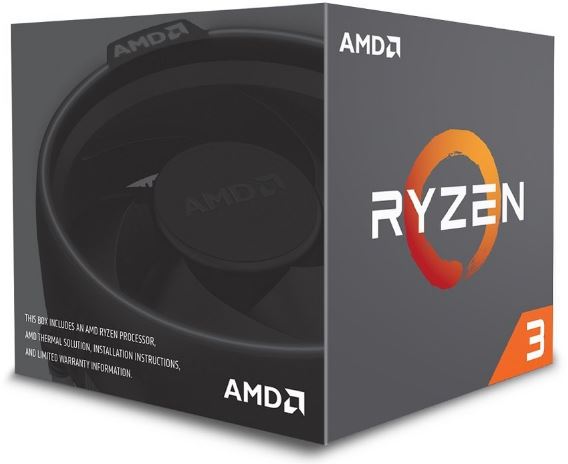
Key Features
These days, you can’t simply compare processors clock for clock to see which is better. Modern CPUs have significantly more functionality than previous models, and the feature set can vary from one manufacturer to another. Ryzen has a ton of additional functionality; which AMD has dubbed SenseMi technology. This refers to a list of functions that help improve the performance and efficiency of the chip.
The biggest addition to Ryzen is Pure Power. This is a sensor network that measures temperature and power consumption across all areas of the chip. This allows the processor to better control turbo speeds, and adapt to suit your workload. You’ll be able to spend more time in Turbo, and the chip will automatically slow down when the temperature gets too high.
With intel chips, clock speed is set in 100 Mhz increments. Thanks to Pure Power, Ryzen can adjust the clock speed in 25 MHz increments. This will allow you to squeeze just that much more performance of your chip. AMD calls this Precision Boost technology, although it and pure power really are two sides to the same technology.
AMD has enabled a prefetch system that tracks your CPU use and adjust the performance to suit tasks. This is known as Smart Prefetch. When it detects that applications are about to put on a heavy load, the CPU can adjust in advance to speed up the process. Smart Prefetch is definitely valuable on systems with 8 or more cores, but on these two quad core chips you’re unlikely to notice a huge difference.
Overall, the key advantage with Ryzen is precision. The processor is better managed, and heavily optimized. If anything is going to take on Intel, AMDs latest platform is definitely equipped to.
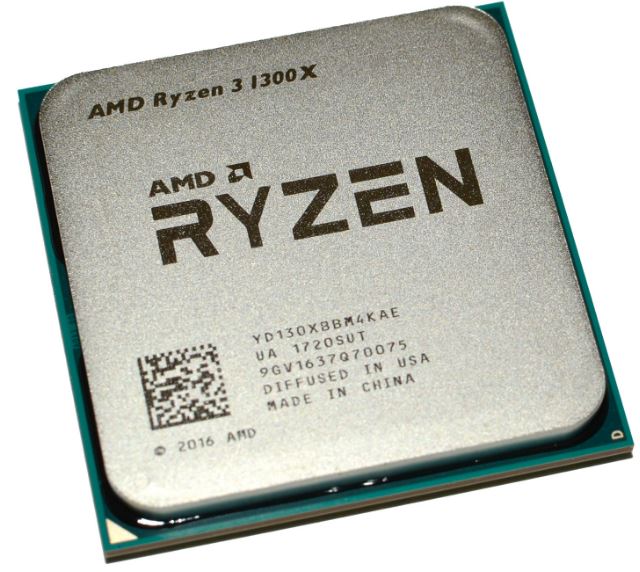
Compatibility
Buying a new CPU isn’t as simple as slapping it into your existing motherboard. You’ll have to buy one that was specifically produced for Ryzen. Additionally, the features that your motherboard can support are set by the technologies that Ryzen supports.
Fortunately, these chips are on the cutting edge. They support 10 GBPS USB 3.1 gen 2 as well as NVMe storage. Ryzen uses DDR4 memory. Although it’s cutting edge, it is a little pricier than DDR3, so be prepare to make the upgrade – older RAM isn’t supported on any Ryzen motherboards.
These chips use the all-new AM4 socket. With 1331 pins, this socket is quite a bit larger than the older AM3 model. This means that cooler mounts have been changed. There are already plenty of AM4 coolers on the market, and some older models have started selling AM4 compatible mounts.
All of these features are available on the lower end A320 motherboards. If you want a little extra power, the X370 based motherboards can provide. The main advantage of these boards is that you can overclock your processor. This will be done automatically within the range set by XFR. On the Ryzen 3 1200, getting an X designated motherboard probably isn’t worthwhile. But if you’re buying the 1300X, there is definitely a large advantage.
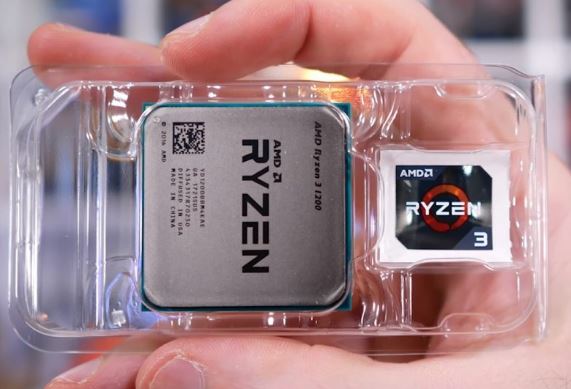
Performance: General Benchmarks
When you’re trying to compare one chip to another, benchmarks can be helpful. They quantify the performance of a chip and make it easy to compare apples to apples. However, typical CPU benchmarks don’t always tell you how well a chip will perform in real world applications.
Because these entry level Ryzen chips are designed for basic office use, our first benchmarks will be using real-world applications. Fortunately, many common applications provide benchmarks to help you determine how the chip performs. The first app we tried was Chrome. Google’s Octane benchmark tests web-rendering performance. The Ryzen 3 1200 scored 30,049 while the 1300X scored 35,109. For comparison purposes, Intel’s i5 7400 scored just a little worse than the 1300X at 34,103. While all three chips were pretty much neck and neck, it’s clear that these chips are fairly comparable to the i5 line.
Chromes WEBXPRT and Mozillas Kraken benchmark produced similar results. We also tested PDF opening time. In this benchmark, the 1300X took only 2507 milliseconds while the 1200 took 3104 milliseconds. In this test the i5 7400 beat out both chips at 2465 milliseconds, and several i3 processors performed better than the 1200.
For web use, the difference in scores will equate to very little real-world difference. However, there is some important information to take from these tests. The Ryzen 1200 and 1300X CPUs are just a little more expensive than the i3, but significantly cheaper than the i5. The i5 will outperform both chips, but only marginally. By the same metric, the Ryzen CPUs are marginally better than an i3. This positions them as a better alternative to Intel’s i3 processors, and a worthy competitor to the i5.
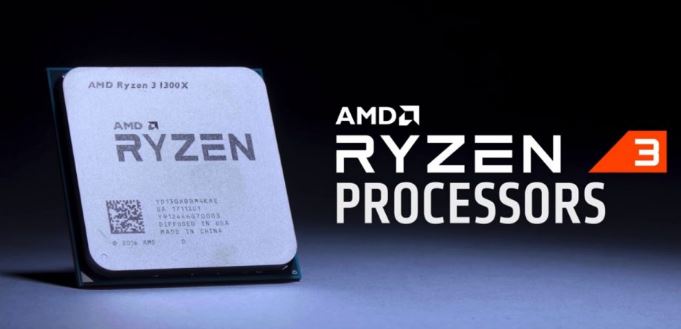
Performance: Gaming Benchmarks
Although Grand Theft Auto V has been on the market for several years, this game is still known to be extremely demanding on hardware. Additionally, as we’re testing lower end chips, trying out a cutting edge game would likely produce poor results.
GTA has an in-game benchmark that runs through a series of pre-scripted scenarios. This allows us to get a fair comparison between chips to understand how the performance varies between them.
We used our GTX 1060 graphics card with four different CPUS: The Ryzen 1200 & 1300X, and the Intel i5 7400 and i3 7100. Across the benchmark, the 1200 & 1300 had an average frame rate of 66.87 and 62.45 FPS respectively. The i5 7400 beat both chips at 72.21 FPS, while the i3 fell short at only 60.15 FPS.
If you’re playing older games and have a decent graphics card, even the entry level Ryzen processors will do pretty decently. That being said, the gap between them and the i5 was much more noticeable here. For gaming centric computers, the i5 may still be a good choice. But if you don’t have the money for the i5, you’re better off going with Ryzen instead of an i3 processor.
It is worth noting that this performance could change over time. Right now, most games are optimized for I-series processors. Ryzen is a very different platform, and some of the new features aren’t being utilized as well as they could. AMD has already signed an agreement with Bethesda to improve gaming performance. If more publishers take advantage of these technologies, you’ll see benchmarks improve. Unfortunately, this is a bit of a “chicken or the egg” scenario. Until gaming performance improves, adoption of Ryzen could be stunted. Until publishers see their consumer base using AMD CPUs, there won’t be a lot of incentive for them to spend time and money optimizing these chips. That being said, we’re only looking at the entry level chips here. After testing the higher end models, we could see Ryzen competing better with Intel chips.
Power Consumption
Although both CPUs are labelled 65 watts, they’re not going to draw this much power all the time. Ideally, you want to buy a power efficient chip. Not only does this save you money on a power supply, but lower power consumption is often equated to better performance. High power consumption loads result in higher heat, reducing the amount of time you’ll spend in turbo. Additionally, lower power consumption means that you’ll have a better chance at getting a high overclock.
At idle, both the 1200 and 1300X CPUs used a comparable amount of power. The 1200 drew 12.01 watts, while the 1300x drew 12.25 watts. Intel’s i-series processors were almost universally better, although only by a small margin. The i5 7400 drew 11.95 watts, while the i3 7300 drew 11.79 watts. The difference is measurable, but virtually insignificant.
At load is where you really start to see a difference. The 1200 pulls 40.95 watts while the 1300x requires a whopping 64.22 watts to run. This matches the processors rating, but the difference between the two chips was staggering. The Intel i5 7400 draws 39.29 watts, putting it neck and neck with the 1200. The i3 7300 was definitely worse than the i5 at 41.72, but still much more efficient than the Ryzen 3 1300X.
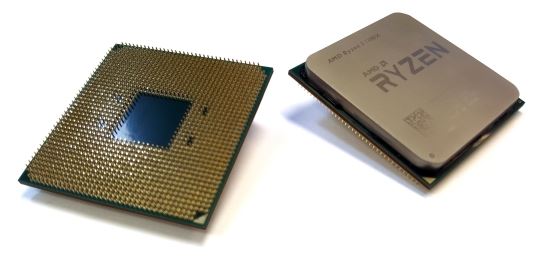
Final Verdict
There has been a ton of hype surrounding Ryzen, as the higher end chips provide cutting edge functionality that Intel is having a hard time keeping up with. However, not all of us are willing to drop 4 figures on a CPU. Do the low end chips live up to all the hype?
That depends on what you want to accomplish. If you’re looking for a basic processor to help you perform office tasks, the Ryzen 3 processors are a great choice. From a financial standpoint, they’re slightly more expensive than the i3 CPUs and a fair bit cheaper than an i5. But as we can see from the tests, the 1300X held it’s own against the latest i5 processor. Even the base model, the Ryzen 3 1200, outperformed the i3 is most tasks.
We’d recommend the Ryzen 3 1200 to anyone who’s building a new computer and considering an i3 processor. You’ll spend a few dollars more, but gain access to all the new technologies supported by AMD’s latest chipset. If you’re looking for a deal on an i5, the 1300X provides pretty good bang for your buck. These chips don’t blow Intel’s hardware out of the water, but they’re pretty much neck and neck in all benchmarks. Considering the poor performance of AMDs last generation of processors, this is pretty promising for the brand. For now, the 1200 and 1300X are budget-minded processors that won’t disappoint.
Meet Ry, “TechGuru,” a 36-year-old technology enthusiast with a deep passion for tech innovations. With extensive experience, he specializes in gaming hardware and software, and has expertise in gadgets, custom PCs, and audio.
Besides writing about tech and reviewing new products, he enjoys traveling, hiking, and photography. Committed to keeping up with the latest industry trends, he aims to guide readers in making informed tech decisions.

